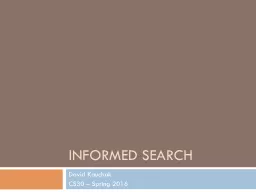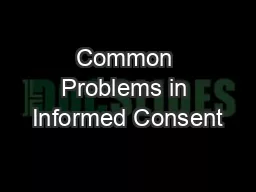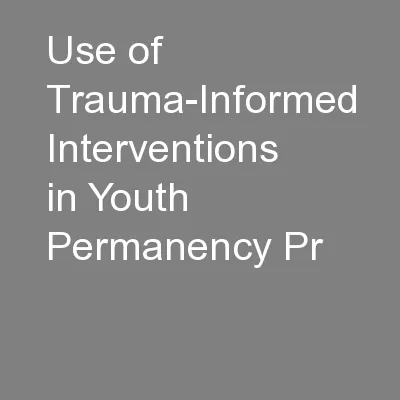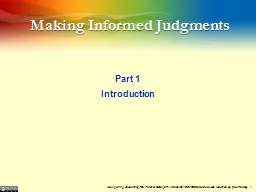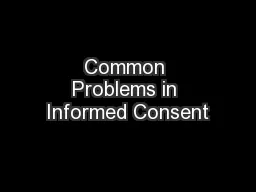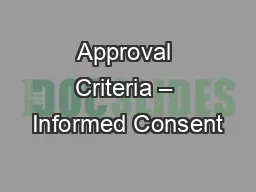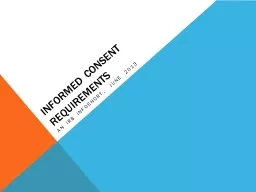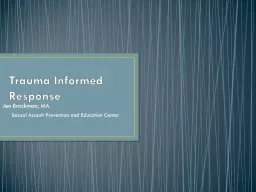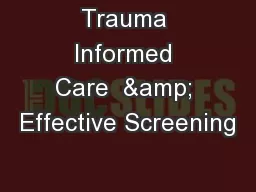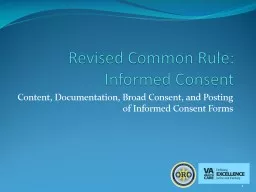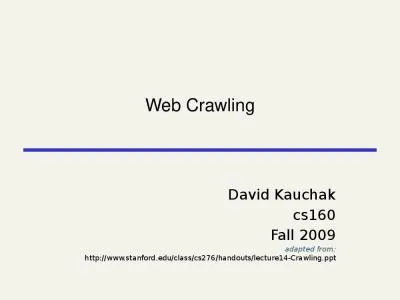PPT-informed Search David Kauchak
Author : min-jolicoeur | Published Date : 2019-06-27
CS30 Spring 2016 Admin Assignment 8 how did it go Assignment 9 Due Sunday at 1159 pm Schedule Midterm next Tuesday 4 12 Inclass Will focus on material since
Presentation Embed Code
Download Presentation
Download Presentation The PPT/PDF document "informed Search David Kauchak" is the property of its rightful owner. Permission is granted to download and print the materials on this website for personal, non-commercial use only, and to display it on your personal computer provided you do not modify the materials and that you retain all copyright notices contained in the materials. By downloading content from our website, you accept the terms of this agreement.
informed Search David Kauchak: Transcript
Download Rules Of Document
"informed Search David Kauchak"The content belongs to its owner. You may download and print it for personal use, without modification, and keep all copyright notices. By downloading, you agree to these terms.
Related Documents

